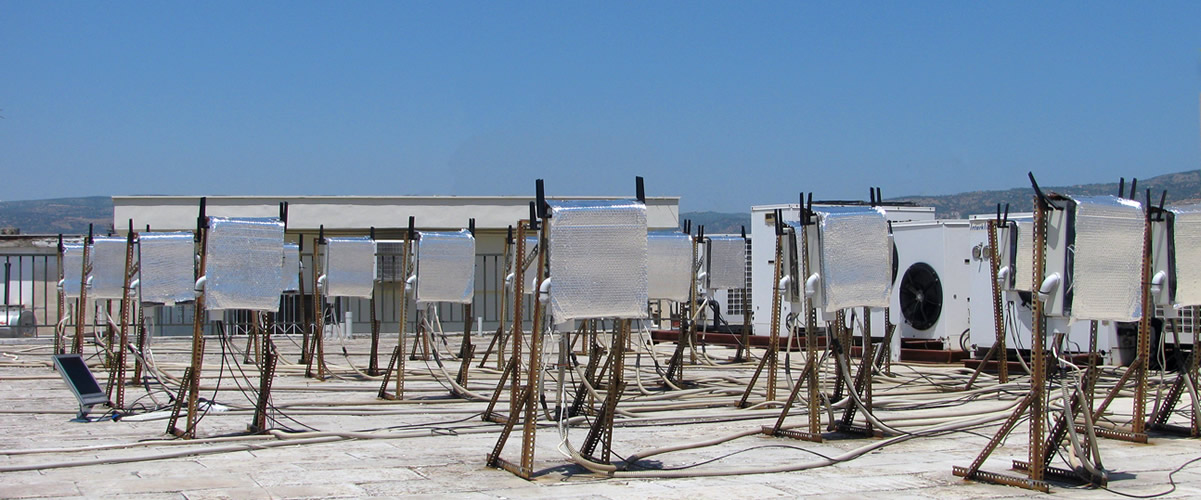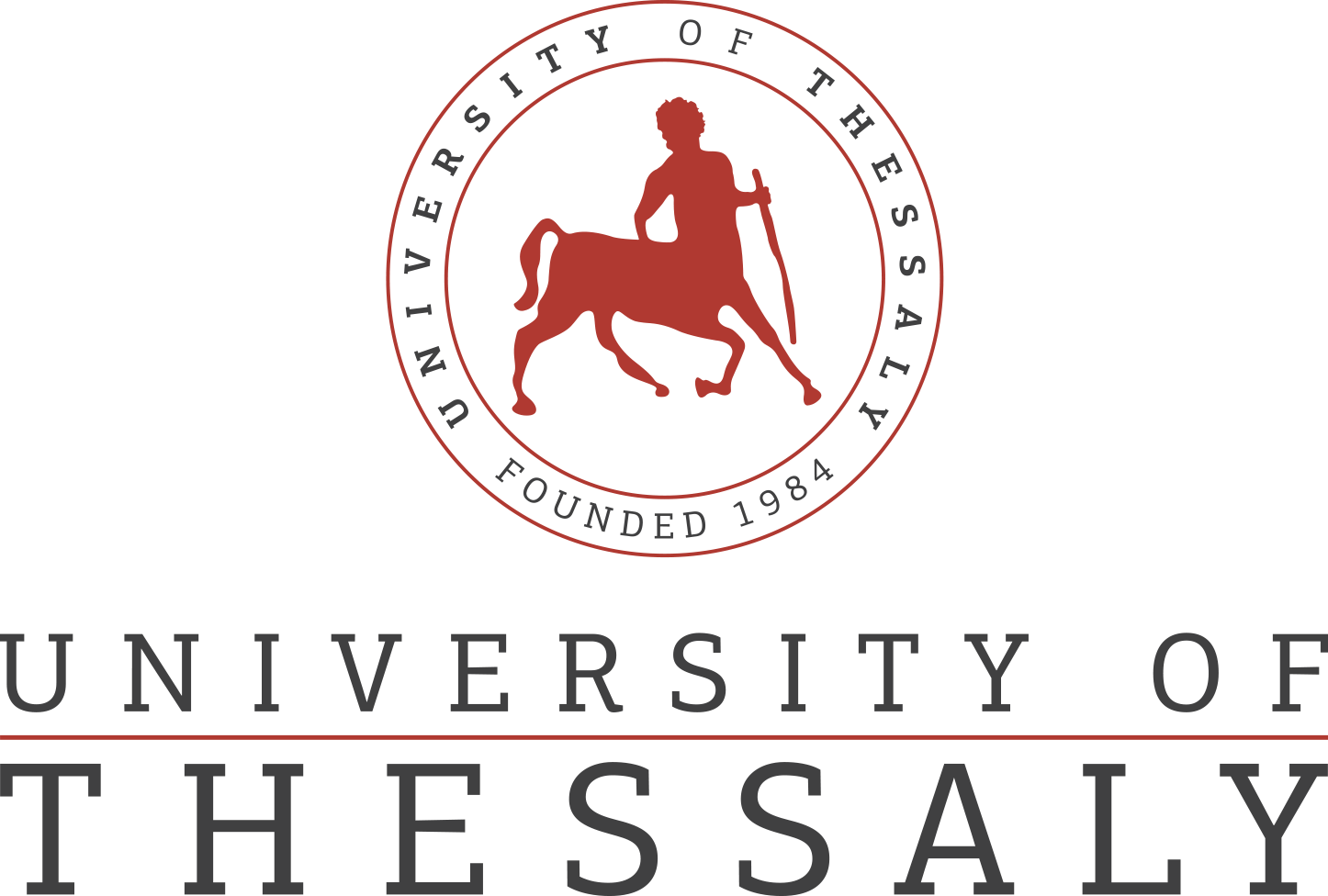FLEX
FLEX (FIRE LTE testbeds for open experimentation) aims at contributing a crucial missing piece in FIRE's infrastructure puzzle: cellular access technologies and Long-Term Evolution (LTE). FLEX's experimentation environment will feature both open source platforms and configurable commercial equipment that span macro-cell, pico-cell and small-cell setups. FLEX will build upon current FIRE testbed management and experiment control tools and extend them to provide support for the new LTE components, and will develop specialized monitoring tools and methodologies. Focus will be placed on mobility, with the establishment of both real and emulated mobility functionalities on the testbeds. FLEX will organize two open calls, aiming to attract research groups to conduct sophisticated experiments, test innovative usages or provide functional extensions of LTE testbeds.
How does it work
FLEX will establish LTE resources by means of access and core network in existing FIRE facilities thus reducing the integration effort. The LTE resources deployment will take place at the wireless testbeds of NITOS in Greece, w—iLab.t in Belgium and EURECOM in France by using two different setups; The first one based on commercial equipment and the second one using highly configurable Open Source LTE components on an FPGA setup. The first approach offers a commercial network that is configurable and enables testing that needs compliance with the market products while the second one allows for full redesign of the system. The state-of-the-art tools for resource control and experiment orchestration and monitoring will be extended in order to support the LTE specific resources, so as to provide a user friendly way for the experimenter to remotely access the testbeds and evaluate new ideas and protocols.
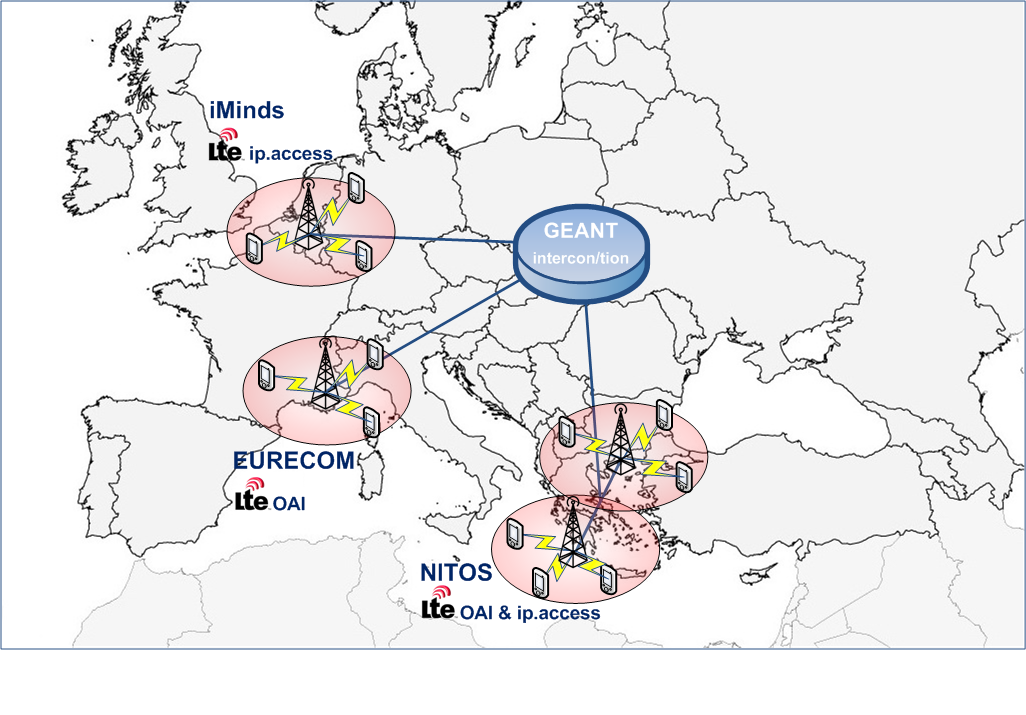
Project's website: www.flex-project.eu
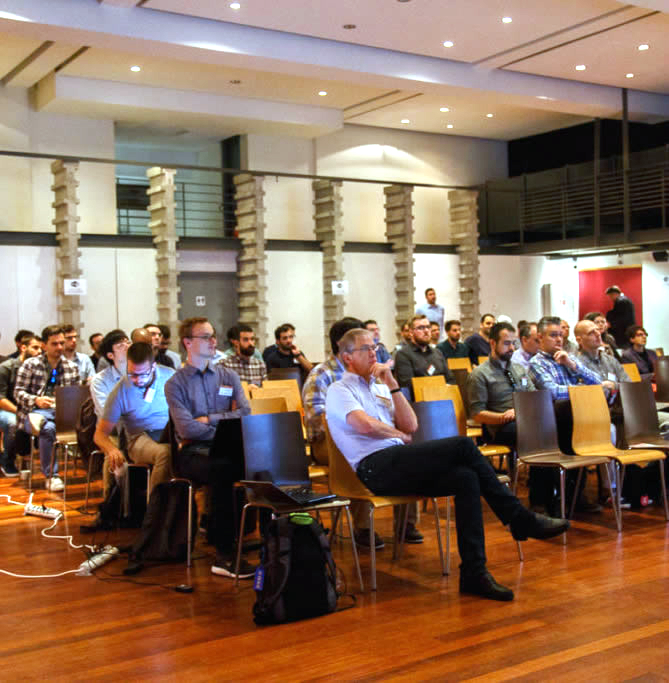
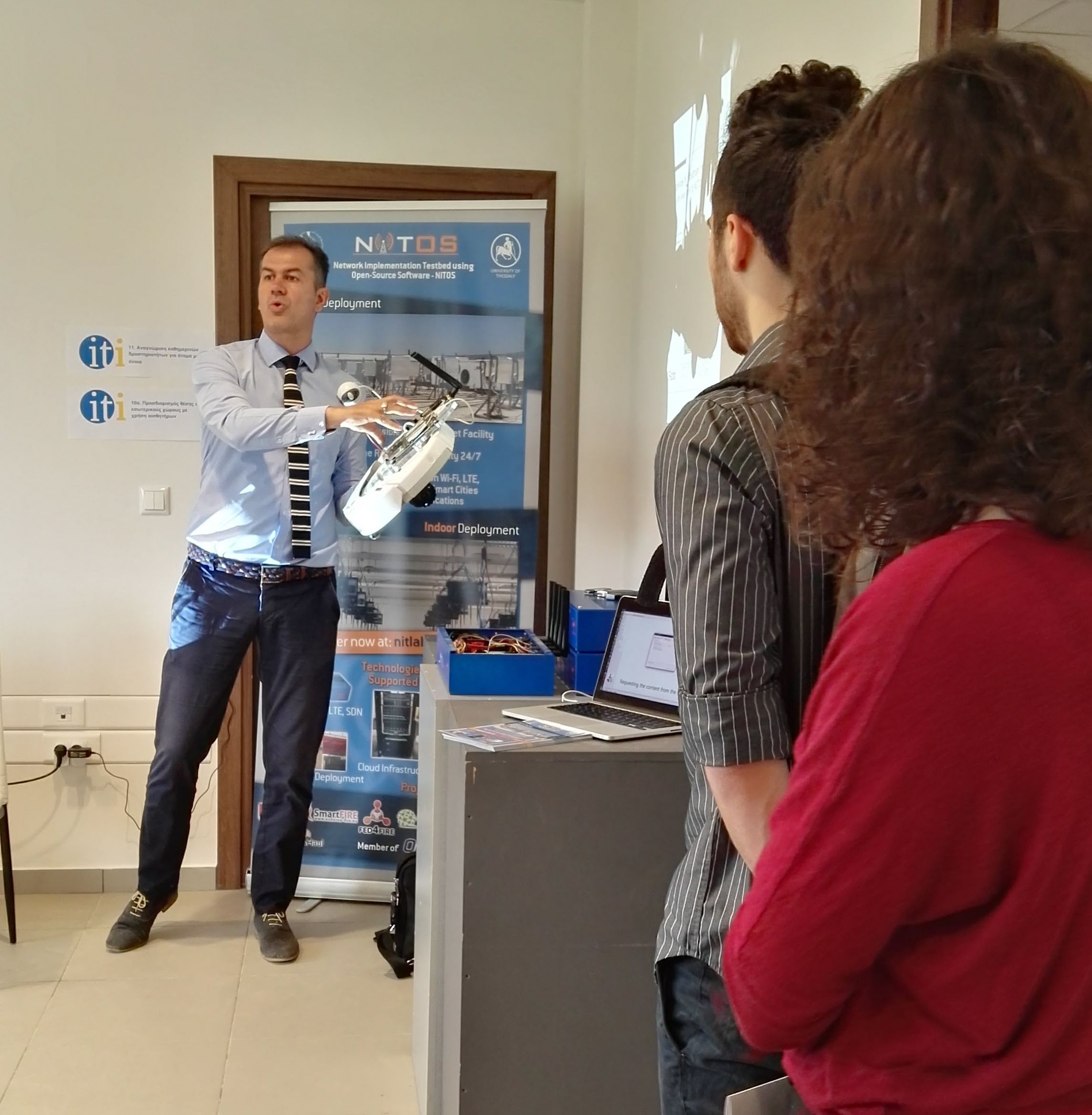
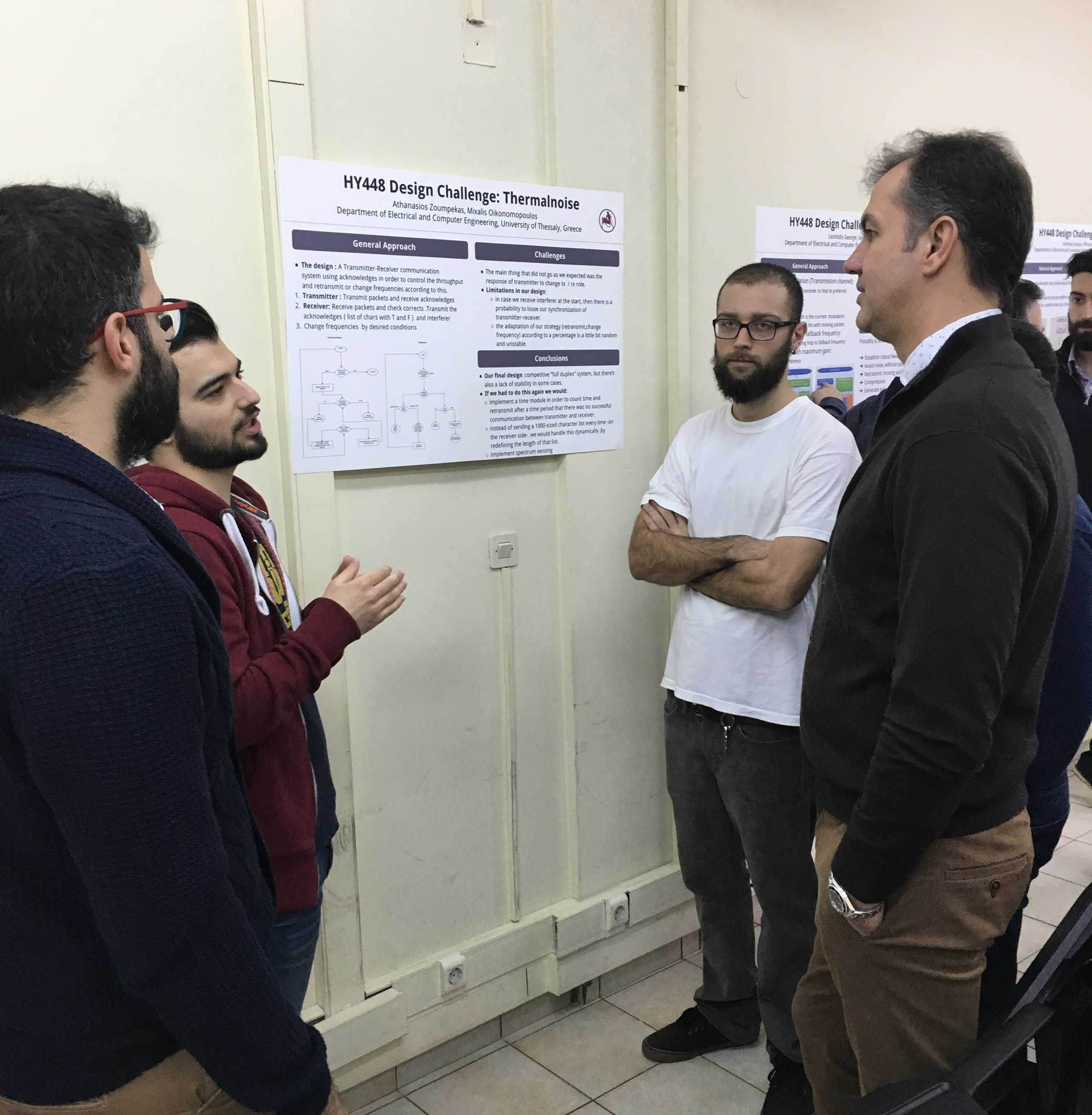

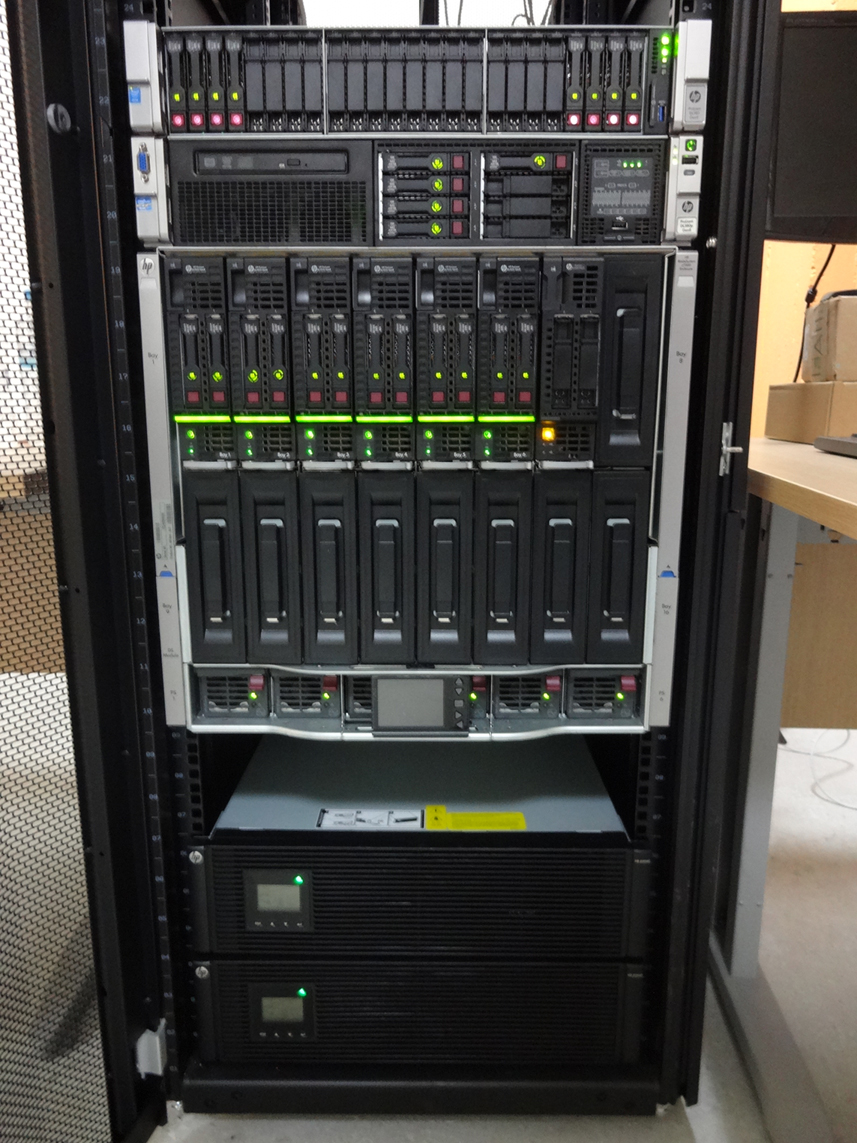 Each blade server has
Each blade server has